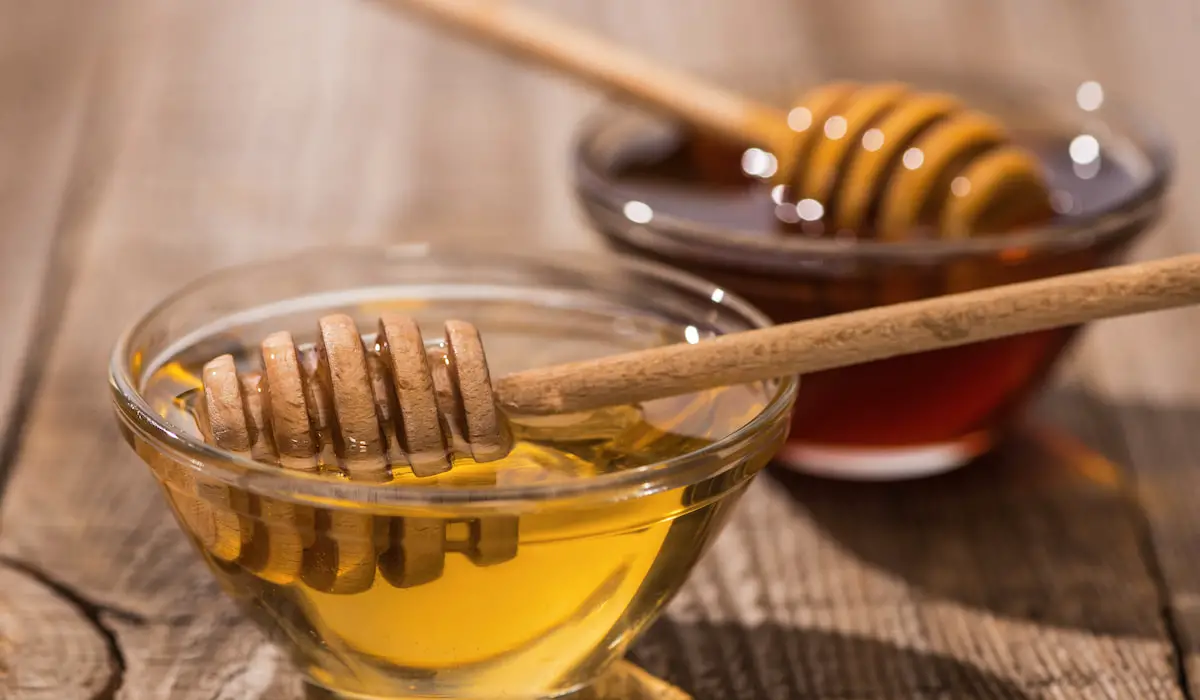Royal honey has long been celebrated for its rich nutritional profile and potential health benefits, including boosting energy, enhancing the immune system, and promoting overall well-being. However, with its growing popularity comes the risk of encountering fake products. These counterfeit versions often lack the quality and benefits of real royal honey, leaving consumers disappointed and potentially harming their health. As such, understanding the differences between real and fake royal honey is crucial for making informed purchasing decisions.
This comprehensive guide aims to shed light on the key distinctions between real royal honey and fake, providing you with the knowledge needed to make informed choices. From exploring the unique characteristics of real royal honey to identifying telltale signs of counterfeit products, we will delve into all aspects of this fascinating topic. By the end of this article, you will be equipped with the tools and insights necessary to ensure that you are purchasing and consuming only the highest-quality royal honey available.
- What is Royal Honey?
- History and Origin of Royal Honey
- Nutritional Composition of Real Royal Honey
- Health Benefits of Royal Honey
- How to Identify Real Royal Honey?
- Common Characteristics of Fake Honey
- Testing Methods for Authenticity
- Impact of Fake Honey on Health
- Market Analysis: Real vs Fake Royal Honey
- Consumer Awareness and Education
- Regulatory Measures Against Fake Honey
- Role of Beekeepers in Ensuring Authenticity
- How to Purchase Genuine Royal Honey?
- Frequently Asked Questions
- Conclusion
What is Royal Honey?
Royal honey is a unique type of honey that is often associated with luxury and health benefits. It is derived from the nectar collected by bees, which is then enriched with the secretions of the queen bee and worker bees. This special blend is believed to boost vitality, enhance the immune system, and promote overall well-being.
Read also:Tuambia A Comprehensive Guide To Understanding And Utilizing This Concept
Unlike regular honey, royal honey is produced under specific conditions and is often harvested in limited quantities, making it a rare and sought-after product. Its distinct characteristics set it apart from other types of honey, including its texture, taste, and nutritional content.
History and Origin of Royal Honey
The history of royal honey dates back thousands of years, with its origins rooted in ancient civilizations. It was prized by royalty and used as a natural remedy for various ailments. The unique properties of royal honey have been documented in ancient texts, highlighting its importance in historical contexts.
Royal honey is traditionally sourced from regions with a rich beekeeping heritage, such as the Middle East, Africa, and parts of Asia. These regions boast diverse flora, which contributes to the unique composition of royal honey produced there.
Nutritional Composition of Real Royal Honey
Real royal honey is renowned for its rich nutritional profile, which includes:
- Vitamins: B-complex vitamins, vitamin C, and vitamin E
- Minerals: Potassium, magnesium, calcium, and iron
- Amino Acids: Essential amino acids that support various bodily functions
- Antioxidants: Compounds that help combat oxidative stress and promote health
This impressive nutritional composition contributes to the health benefits associated with consuming real royal honey.
Health Benefits of Royal Honey
Royal honey is believed to offer a range of health benefits, including:
Read also:Pat Sajak Controversy A Closer Look At The Game Show Icon
- Boosting energy levels and reducing fatigue
- Enhancing the immune system
- Supporting digestive health
- Promoting skin health and vitality
- Improving overall well-being
These benefits are attributed to the unique combination of nutrients and compounds found in real royal honey.
How to Identify Real Royal Honey?
Identifying real royal honey can be challenging, but there are key indicators to look for:
- Check the label for detailed information about the honey's source and production process.
- Look for certifications or seals of authenticity from reputable organizations.
- Examine the texture and viscosity of the honey; real royal honey is typically thicker and more viscous.
- Assess the taste and aroma; genuine royal honey has a distinct floral and rich flavor.
By paying attention to these details, consumers can make more informed choices when purchasing royal honey.
Common Characteristics of Fake Honey
Fake honey often mimics real royal honey but lacks its quality and benefits. Common characteristics of fake honey include:
- Thin and watery texture
- Artificial flavors and sweeteners
- Unclear or missing information on the label
- Lower price point compared to genuine royal honey
Being aware of these characteristics can help consumers avoid buying counterfeit products.
Testing Methods for Authenticity
Various testing methods can be employed to verify the authenticity of royal honey:
- Laboratory analysis to assess the composition and purity of the honey
- Home tests, such as the water test, to check for dilution or additives
- Consulting with experts or using specialized tools for authenticity verification
These methods can provide valuable insights into the quality and authenticity of royal honey.
Impact of Fake Honey on Health
Consuming fake honey can have negative implications for health, as it may contain:
- Harmful additives or preservatives
- Lack of essential nutrients and health benefits
- Potential allergens or contaminants
Understanding the risks associated with fake honey emphasizes the importance of choosing authentic products.
Market Analysis: Real vs Fake Royal Honey
The market for royal honey is growing, but the presence of fake products poses challenges. Key insights include:
- Increasing demand for authentic royal honey
- Rising awareness among consumers about the importance of quality
- Ongoing efforts by authorities to regulate and control the market
These factors highlight the need for vigilance and informed decision-making by consumers.
Consumer Awareness and Education
Educating consumers about the differences between real and fake royal honey is essential for informed choices. Strategies include:
- Promoting awareness campaigns and educational initiatives
- Providing resources and information about authenticity indicators
- Encouraging consumers to ask questions and seek guidance when purchasing royal honey
Raising awareness can empower consumers to make better purchasing decisions.
Regulatory Measures Against Fake Honey
Authorities are implementing measures to combat the sale of fake honey, including:
- Stricter regulations and enforcement of quality standards
- Collaboration with industry stakeholders to ensure transparency
- Penalties for those involved in the production and sale of counterfeit honey
These efforts aim to protect consumers and ensure the availability of authentic royal honey.
Role of Beekeepers in Ensuring Authenticity
Beekeepers play a vital role in maintaining the authenticity of royal honey. Their contributions include:
- Implementing sustainable and ethical beekeeping practices
- Ensuring the quality and purity of the honey produced
- Educating consumers about the benefits of authentic royal honey
The dedication of beekeepers is crucial for preserving the integrity of royal honey.
How to Purchase Genuine Royal Honey?
When purchasing royal honey, consider the following tips:
- Research reputable brands and suppliers known for quality products.
- Verify the source and authenticity of the honey before buying.
- Seek recommendations from trusted sources or experts.
These steps can help ensure the purchase of genuine royal honey.
Frequently Asked Questions
- What makes royal honey different from regular honey?
Royal honey is enriched with the secretions of the queen bee and worker bees, giving it unique properties and potential health benefits.
- How can I tell if royal honey is fake?
Look for thin texture, artificial flavors, unclear labeling, and lower price points as indicators of fake honey.
- Are there any health risks associated with consuming fake honey?
Fake honey may contain harmful additives, lack essential nutrients, and pose allergy risks.
- What should I check on the label before buying royal honey?
Check for detailed information about the honey's source, production process, and certifications of authenticity.
- Can I test royal honey at home for authenticity?
Yes, home tests like the water test can help check for dilution or additives in honey.
- Why is royal honey considered more expensive than regular honey?
Royal honey is produced under specific conditions and is often harvested in limited quantities, contributing to its higher price.
Conclusion
Understanding the differences between real royal honey and fake is crucial for making informed purchasing decisions. By recognizing the unique characteristics and benefits of authentic royal honey, consumers can ensure they are consuming a product that supports their health and well-being. As the market continues to grow, raising awareness and education about the importance of authenticity will empower consumers to make better choices and support sustainable beekeeping practices.

